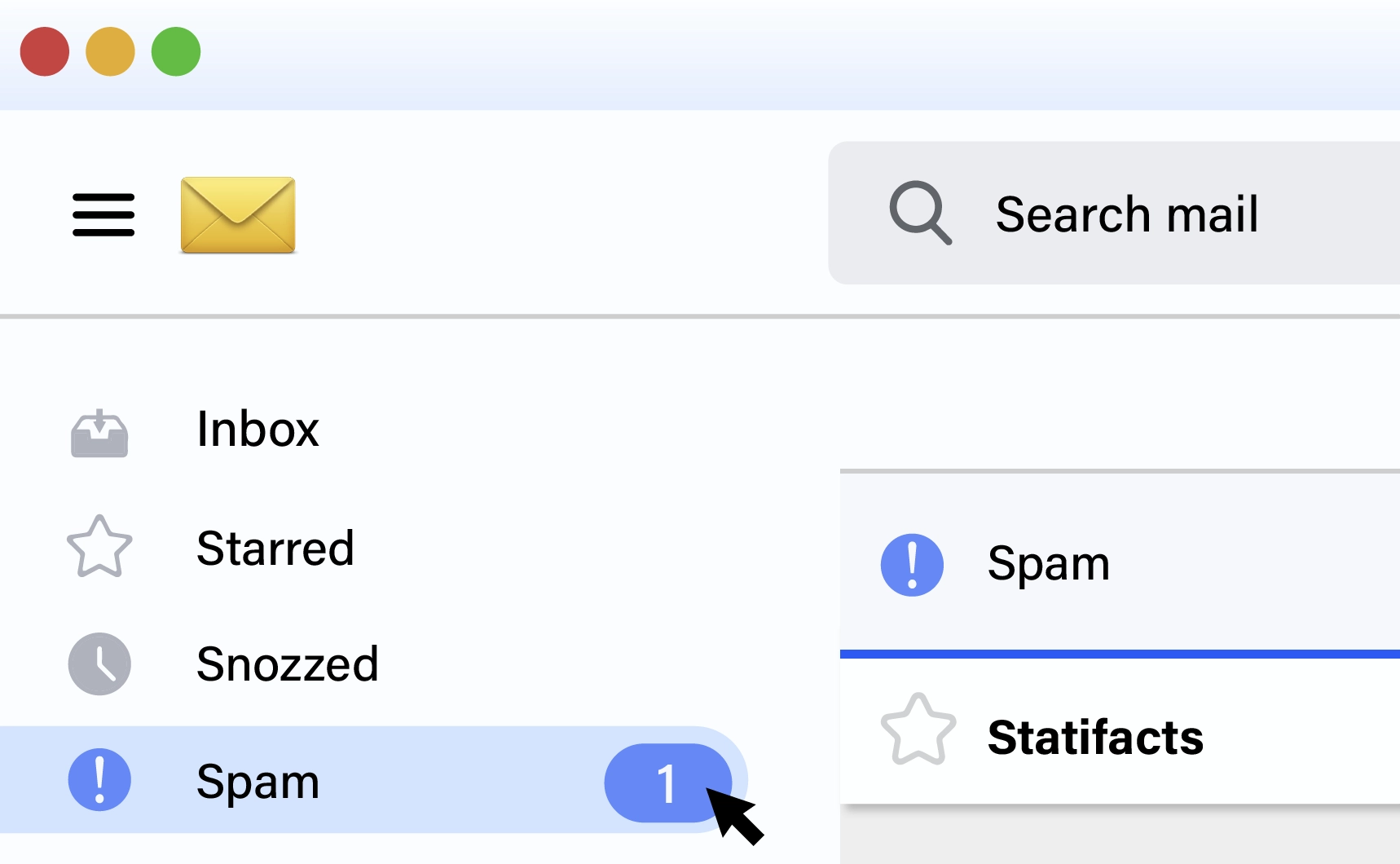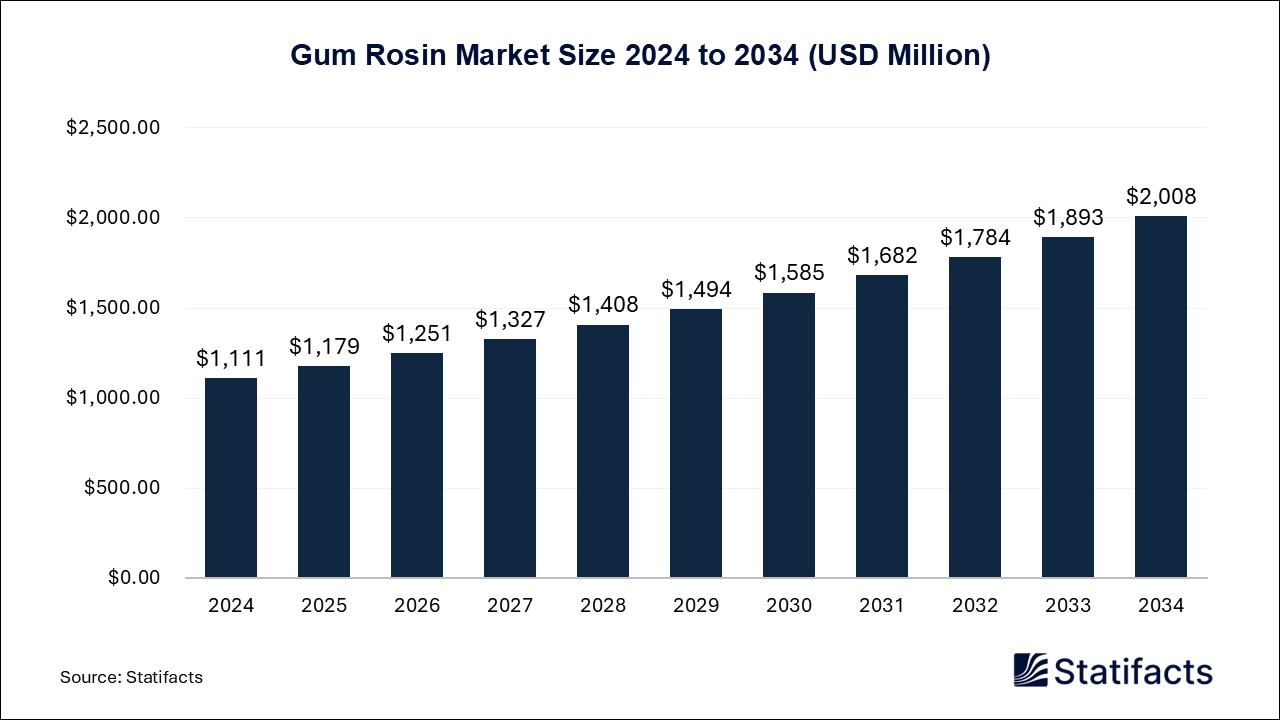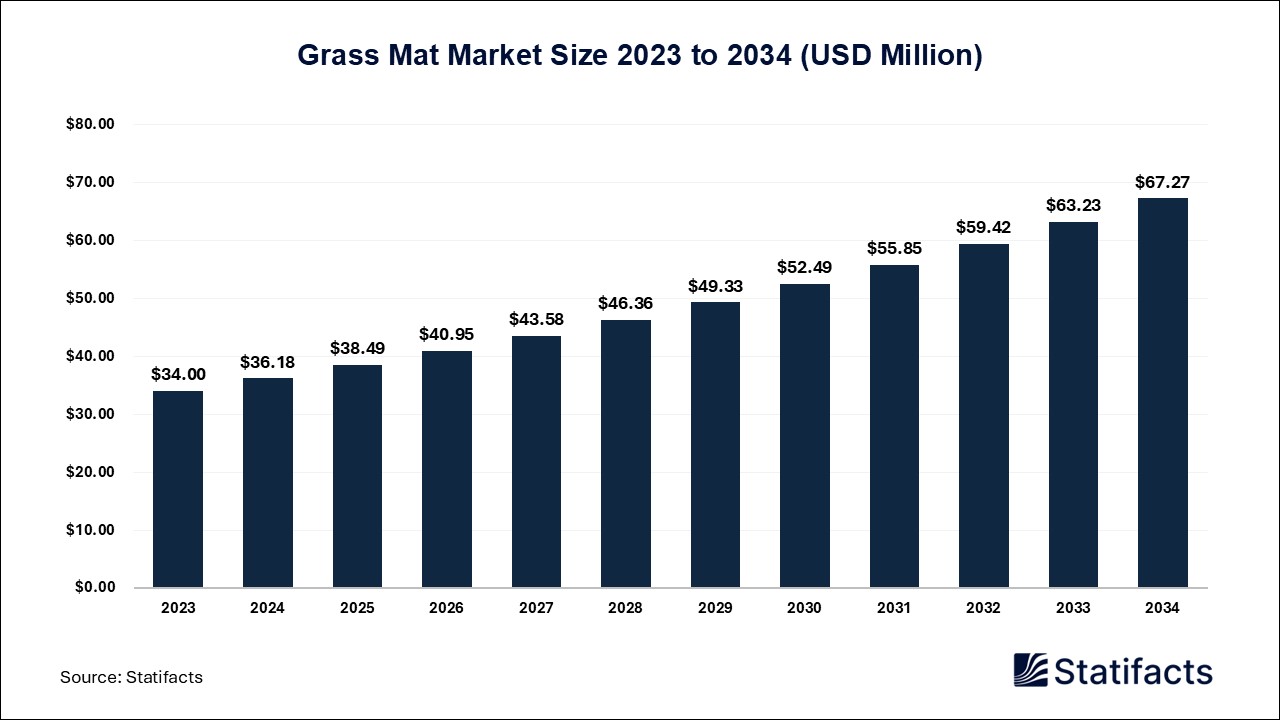
By clicking “Accept All Cookies” you agree to the storing of cookies on your device to enhance site navigation, analyze site usage, and assist in our marketing efforts.
Privacy PolicyThe Europe buy now pay later market size was estimated at USD 4.42 billion in 2024 and is projected to be worth around USD 21.93 billion by 2034, growing at a CAGR of 17.37% from 2025 to 2034.
| Industry Worth | Details |
| Market Size in 2025 | USD 5.18 Billion |
| Market Size by 2034 | USD 21.93 Billion |
| Market Growth Rate from 2025 to 2034 | CAGR of 17.37% |
In Europe, the rapid growth of the buy now pay later is due to changing consumer preferences, digital innovation, and regulatory changes. The younger population leans more toward installment-based payments, especially during economic uncertainty. A varied ecosystem of buy now pay later providers caters to this demand, ranging from giants Klarna and PayPal to regional players such as Scalapay and Alma. Such a scheme is becoming accepted by merchants to avoid cart abandonment and to boost conversion rates, while consumers enjoy the mobile-first platforms. The Second Consumer Credit Directive (CCD2) lays down a clearer legal framework for buy now pay later, thus guaranteeing consumer protection and market transparency. With the continuous technological evolution in fintech, the European buy now pay later market is set to persist in its upward trajectory, presenting opportunities to providers, merchants, and consumers.
The hidden costs present some gross challenges for the BNPL space. While many buy now pay later schemes may claim to keep low fees, late fees can be hefty, and interest rates can be steep the moment the payments are late or the promotional period ends. Sometimes, retailers resort to price inflation for products to compensate for BNPL payments. Consequently, hidden fees can scathe away a borrower's reputation score while turning a seemingly "comparatively" cheap purchase into a real burden.
Such a crumbling of credit scores will hurt needy customers the most and may be reported to credit bureaus. Having so many providers around makes overspending an easy trap, a kitchen heap of unmanaged debt. On the flip side of privacy, BNPL providers usually ask for an abundance of sensitive personal and financial information, putting their clients at serious risk for a data breach or unauthorized use of such information. Such issues present enormous impediments to their long-term acceptance and credibility.
Artificial Intelligence offers myriad opportunities to the Buy Now, Pay Later market, ranging from improved fraud prevention to better data analysis and collection. The tools using AI can detect fraudulent activities in real-time, increasing the security of the platform. Advanced technologies such as image recognition and natural language processing secure identification processes. AI helps providers in processing huge volumes of customer data to draw insights for personalized marketing, risk assessment, and service offerings. This directly aids operational efficiency as well as enhances customer experience. In general, the existence of AI helps develop a stronger buy now pay later universe, which is more secure, intelligent, and accommodating to consumer and market demands.
The platform/solution segment underwent notable growth in the market during 2024. The markets in the buy now pay later category are fostered by the platform/solution arms that also deal in providing marketing tools to the merchants, assisting with promotion, and handling data analysis. These platforms promote the merchant's side, engaging more with the customer, working on conversion optimization, and allowing for offers to be made on a customer basis while maintaining risk factors like furnishing fraud and delinquencies at the lowest level.
The online segment experienced significant expansion in the market. The Online segment dominates the buy now pay later market thanks to mobile commerce and the constantly increasing penetration of BNPL services over mobile-friendly avenues. BNPL services have become visible and popular with the help of strategic partnerships between e-commerce platforms with buy now pay later providers.
The small ticket item segment saw strong growth during the studied period. Most of the transactions are for small-ticket items that, upon purchase, can be classified as small daily essentials or impulse buys.
The business-driven segment showed substantial gains in the market. The small ticket item segment saw strong growth during the studied period. Business-driven end-user segment, particularly the e-commerce one, is the biggest contributor to the buy now pay later market, as it draws more shoppers and increases the conversion rate, leading to high sales.
The electronics segment showed noteworthy growth in the market. The electronic sector has also driven buy now pay later to great heights as consumers are using it to pay for expensive products in instalments. This adoption structure would strongly indicate that BNPL's initiatives can significantly boost sales and enhance customer engagement across various product categories.
Published by Yogesh Kulkarni
The market is valued at over USD 5.18 billion and is expected to grow steadily.
Rising adoption of digital payment, e-commerce, consumer awareness, increasing investments in the sector, rising adoption of the latest technology, and an increase in R&D projects.
Asia-Pacific dominated the global Buy Now Pay Later Market.
Related Reports
To get full access to our Market Insights, you need a Professional Account or a Business Suite.

You will receive an email from our Business Development Manager. Please be sure to check your SPAM/JUNK folder too.

You will receive an email from our Business Development Manager. Please be sure to check your SPAM/JUNK folder too.

Our customers work more efficiently and benefit from



